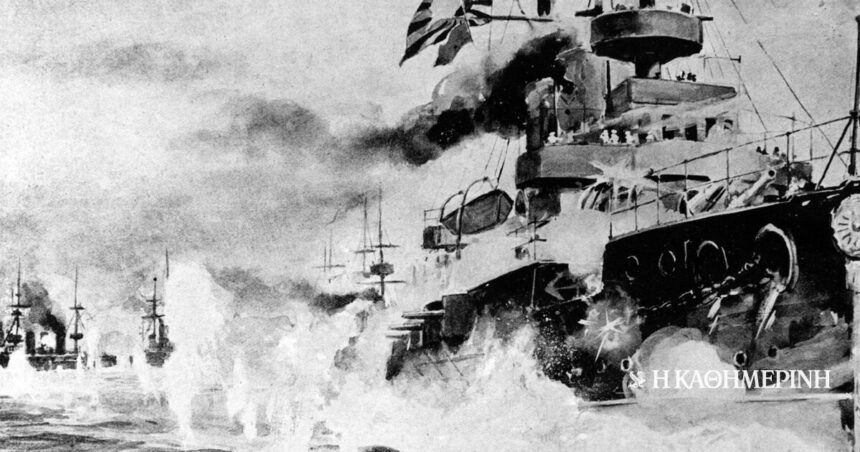In the decade of 1890 Russia experienced an unprecedented economic boom. For the first time there was growth in the country in the field of heavy industry, which quickly began to catch up with textile and light industry. His area Donbass became an important center of coal and steel production, while the area around the imperial capital, the St. Petersburghe acquired many factories, where the goods of a modern society were produced, as he hoped Russia would become.
The economic boom of the 1890s certainly contributed to the energetic Minister of Finance Sergei Witte, the politician who more than anyone associated his name with the construction of the trans-Siberian railway. By encouraging the expansion of the railway network into Central Asia and the Far East, Witte planned to carve out new spheres of influence into those lands, especially the northern and northeastern provinces of China. Russia occupied the region of Manchuria and the very important for Russian trade in the Far East port of Port Arthur.
The renewed Japan, during the reign of Emperor Meiji, also had visions in the region.
The administrative and operational center of the Russians in Manchuria was the Harbina modern city that was built from scratch and organized with a progressive civic administration unknown to the rest of the empire. Witte’s purpose was to create a modern Russia in the conquered lands of Manchuria. In the region, however, the renewed, during the reign of Emperor Meiji, also had visions. Japanwhich had already made neighboring Korea its protectorate.
Unable to come to a substantive negotiation to define spheres of influence in the wider region, the two empires, Russia and Japan, they inevitably came into conflict. The Russians did take measures by reinforcing their units in Manchuria, but they did not calculate the strength of the Japanese to the extent they should have. On February 8, 1904 the Japanese navy carried out blitz to the Russian fleet docked at Port Arthur, without declaring war. Japan declared war a few hours later, surprising and angering Czar Nicholas II, who had not expected this development. Russia responded to the declaration of war after almost a week and immediately mobilized its military forces in the region. Symbolically Montenegro sided with Russia, while the Japanese forces were reinforced by China.
The Russian forces defended the city valiantly, but without the arrival of reinforcements, their chances of holding their positions dwindled steadily.
The Japanese army landed on the territory of Manchuria and moved to occupy the fortified Russian positions. The Japanese forces targeted Port Arthur, a port from which the Japanese would derive many benefits. The siege of Port Arthur lasted many months. The Russian forces defended the city valiantly, but without the arrival of reinforcements, their chances of holding their positions dwindled steadily.
On the one hand the arrival of new units to the war front via the Trans-Siberian was long delayedas there were some sections near Lake Baikal, which were not completed. On the other hand, the Russian fleet, which started its journey from the Baltic, it was not possible to reinforce the land forces of the Russiansafter being soundly defeated by the Japanese at the end of May 1905.
The Russian garrison of Port Arthur surrendered to Japanese forces on January 2, 1905, having reached the limits of its capabilities. The war continued until the summer of that year. Both sides signed peace treaty in September in Portsmouth, USAwhich confirmed the defeat of the Russians. Russia was forced to abandon the lands of Manchuria and with it dreams of domination in the Far East.
Column editor: Myrto Katsigera, Vassilis Minakakis, Antigone-Despina Poimenidou, Athanasios Syroplakis




